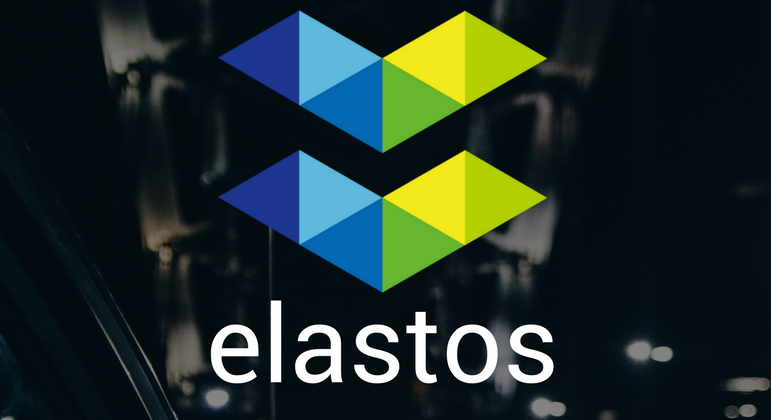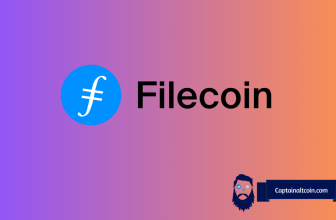
What you'll learn 👉
Elastos internet – the way it was supposed to be from the beginning
Elastos aims to create a new kind of Internet, powered by blockchain technology.
Elastos wants to make digital assets scarce, identifiable and tradable. Property rights pave the way for wealth creation, and Elastos intends to build a new World Wide Web that respects those rights.

Apps can be built on Elastos, and therefore take advantage of keeping things on the blockchain and making them all accounted for and scarce. The best part is that Elastos can be implemented into any operating systems we use today, making it instantly adoptable and invisible to the end users. It’s like installing Java on your computer that runs in the background, and when a program requires Java it will just load seamlessly when you open it.
Elastos will use blockchain technology to issue IDs for digital content, making it possible to know who owns which digital assets. The combination of Elastos and blockchain technology lays the foundation for a trustworthy and secure Internet of Wealth. Elastos will be a platform for decentralized applications (Dapps) that runs on a peer-to-peer network with no centralized control.
People can access these Dapps via their mobile phones, without changing their operating system. The old Internet is a Web of information. If you click a URL, you get data. Elastos is creating a Web of apps. When you click a URL, you get code. The Elastos Web will be a special economic zone where Elastos tokens function as the base currency.
Elastos Sidechains
- DApps, for example a hypothetical Pokemon game, could create a sidechain to track Pokemon transactions and transfer of asset ownership relevant to their app
- Chain rules are set by the app according to their transaction throughput needs
- Actual transfer of Pokemon code/data when they are bought and sold does not occur through this though, only the record of ownership and payment are stored on-chain
Ledger Nano S integration underway:
Getting integrated on reputable hardware wallets is not only an important security milestone, it is also a credibility boost for the project as only small portion of largest crypto coins are supported on these wallets. Elastos is about to get its own integration on the most popular hardware wallet, Ledger Nano S.
Simple explanation of Elastos Carrier
Simply put, Elastos carrier is modifying current routing protocols to make them decentralized. Elastos Carrier routes traffic in a different way. As of now, when internet traffic is routed, it all needs to be passed through a central server at some point. For instance when you go to a website, traffic first goes to a big server/database that translates the URL into an IP address.
![]() Read: Best Cryptocurrency Exchanges
Read: Best Cryptocurrency Exchanges
If the company owning this server decides to blacklist a URL, people can’t use it. This also makes internet traffic routing predictable, and also it means that if you shut down the server, or if the censor cuts off traffic to certain IP/DNS addresses, you can effectively censor certain website or apps. With Elastos, internet traffic is relayed peer to peer. Elastos just announced they have distributed 450k factory installed units overall, more than 220k in October only.
In October the Elastos Carrier was distributed in 220k set top boxes, reaching a total of 450,000 factory installed units. While Shijiu continues to ship an increasing amount of sets – cooperation to begin working on the first real DID application is underway! #Elastos $ELA
— Elastos (@Elastos_org) November 8, 2018
This means traffic does not need to go to a central server first, so there is no way to censor or shut down. If there is not a direct route between peers, then traffic will hop between others peers on the network(relays), until it gets to the end users. ISP peering in on private user data is solved by encrypting all network traffic. This also means relays cannot look in on the data. Only the person with the correct public key private key pair can see.







